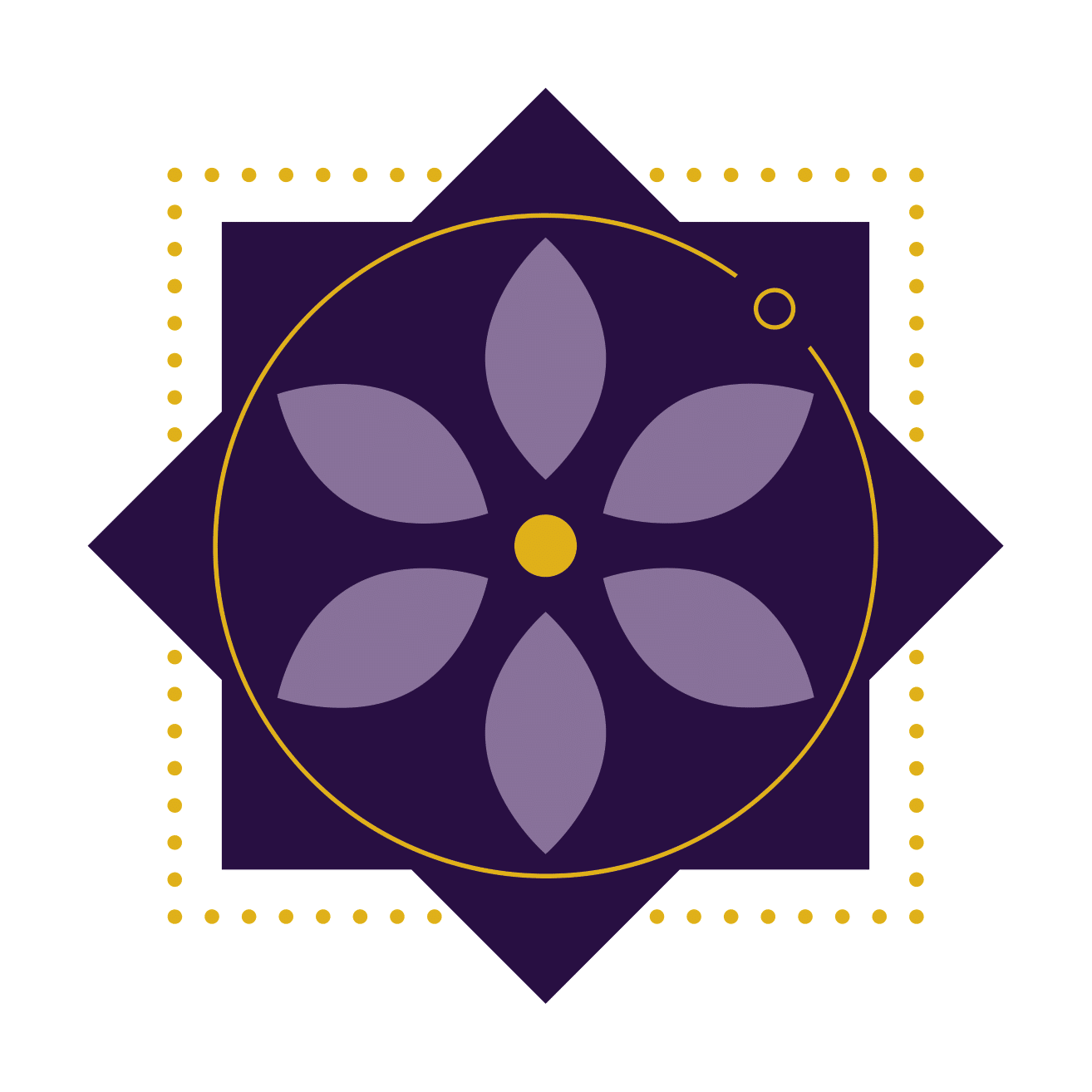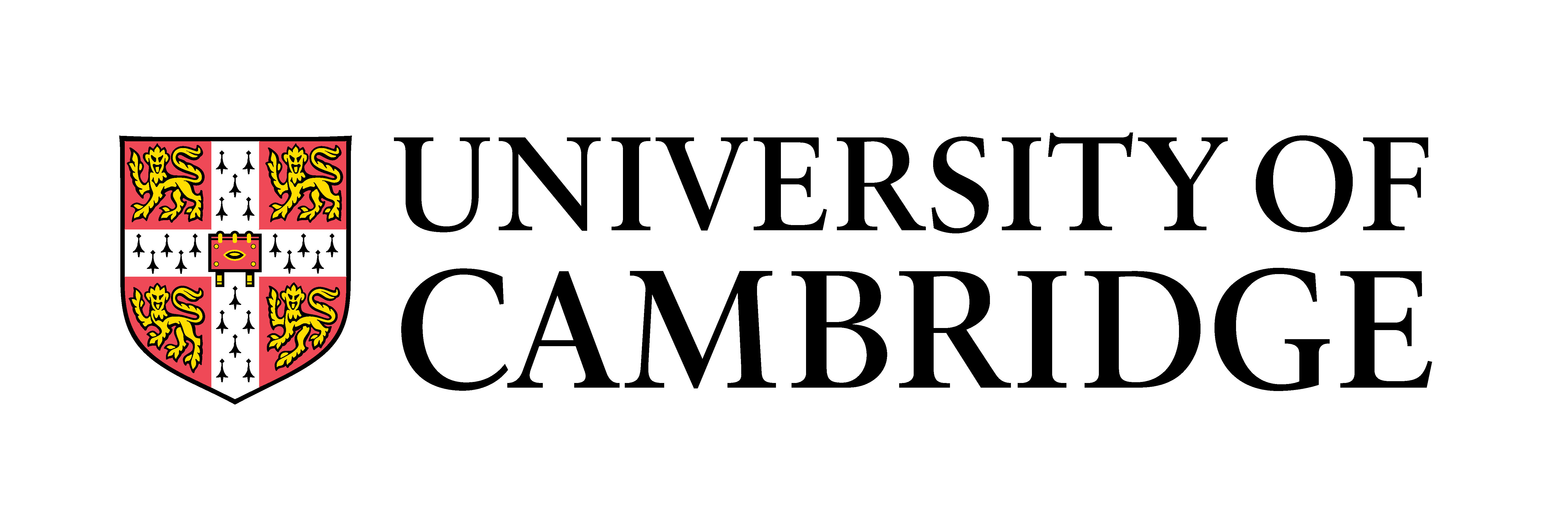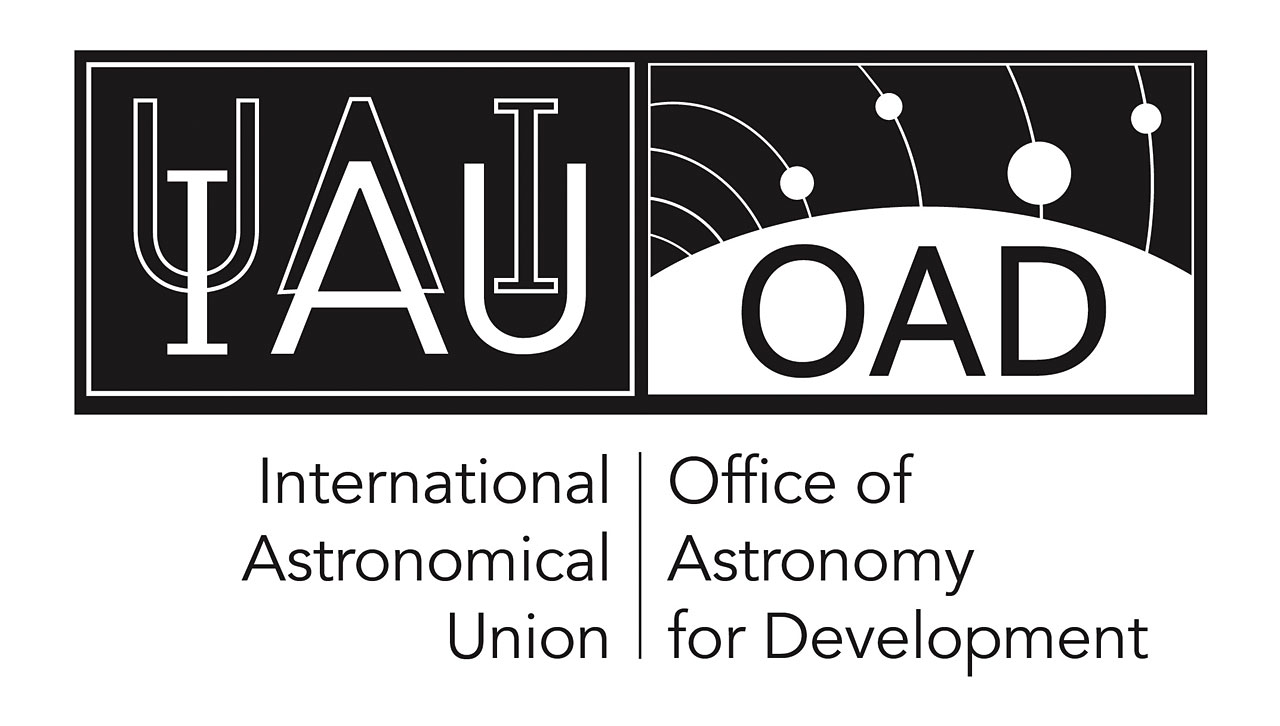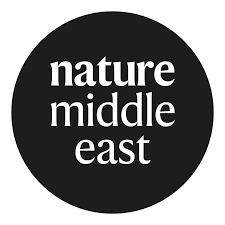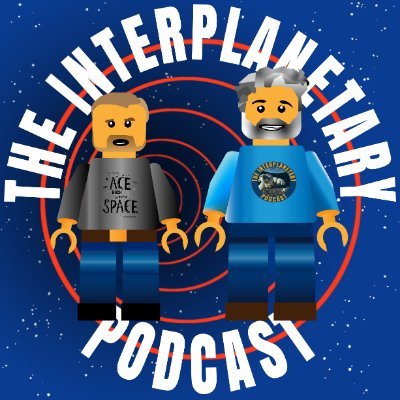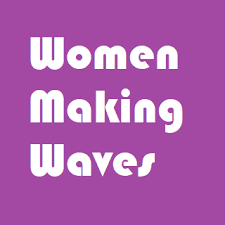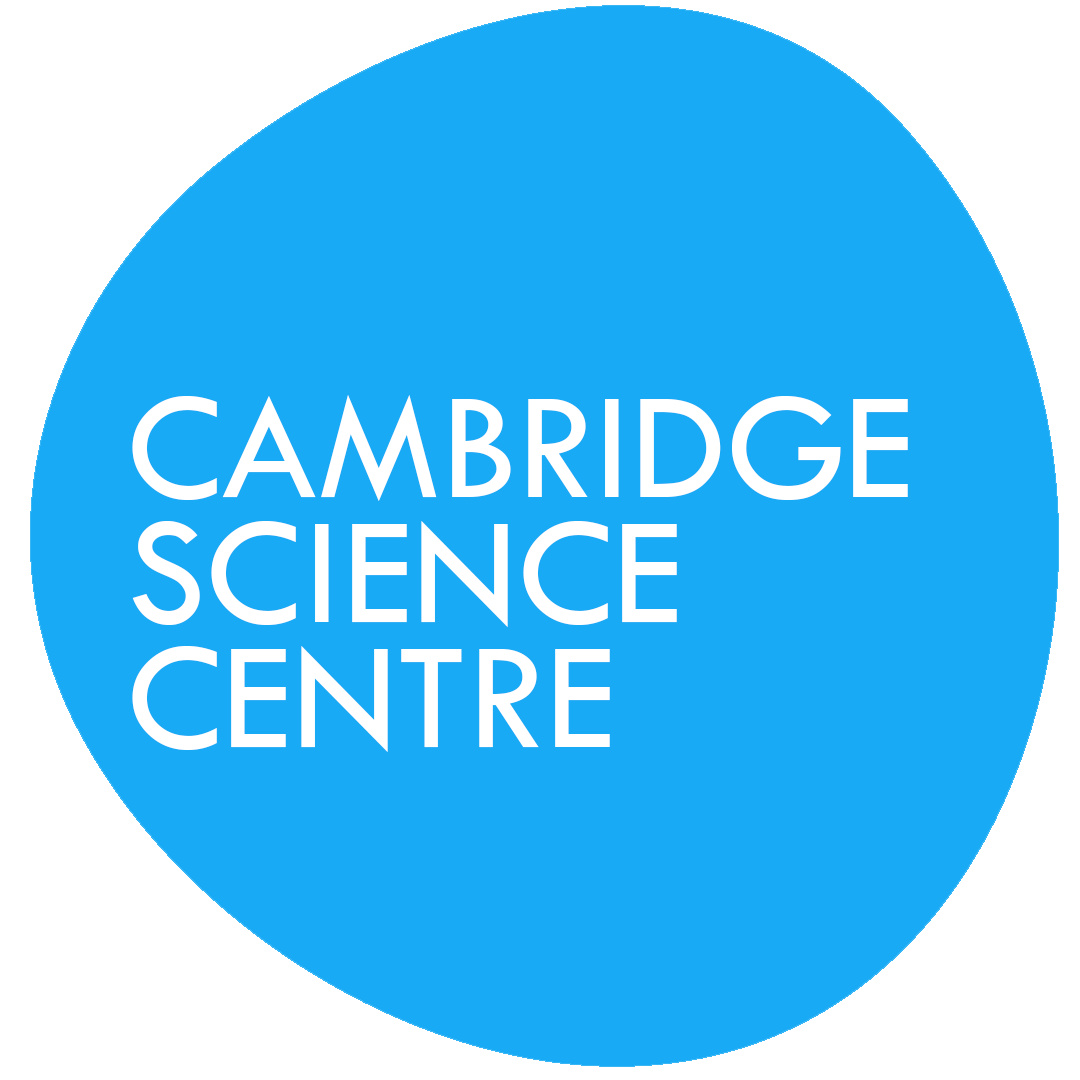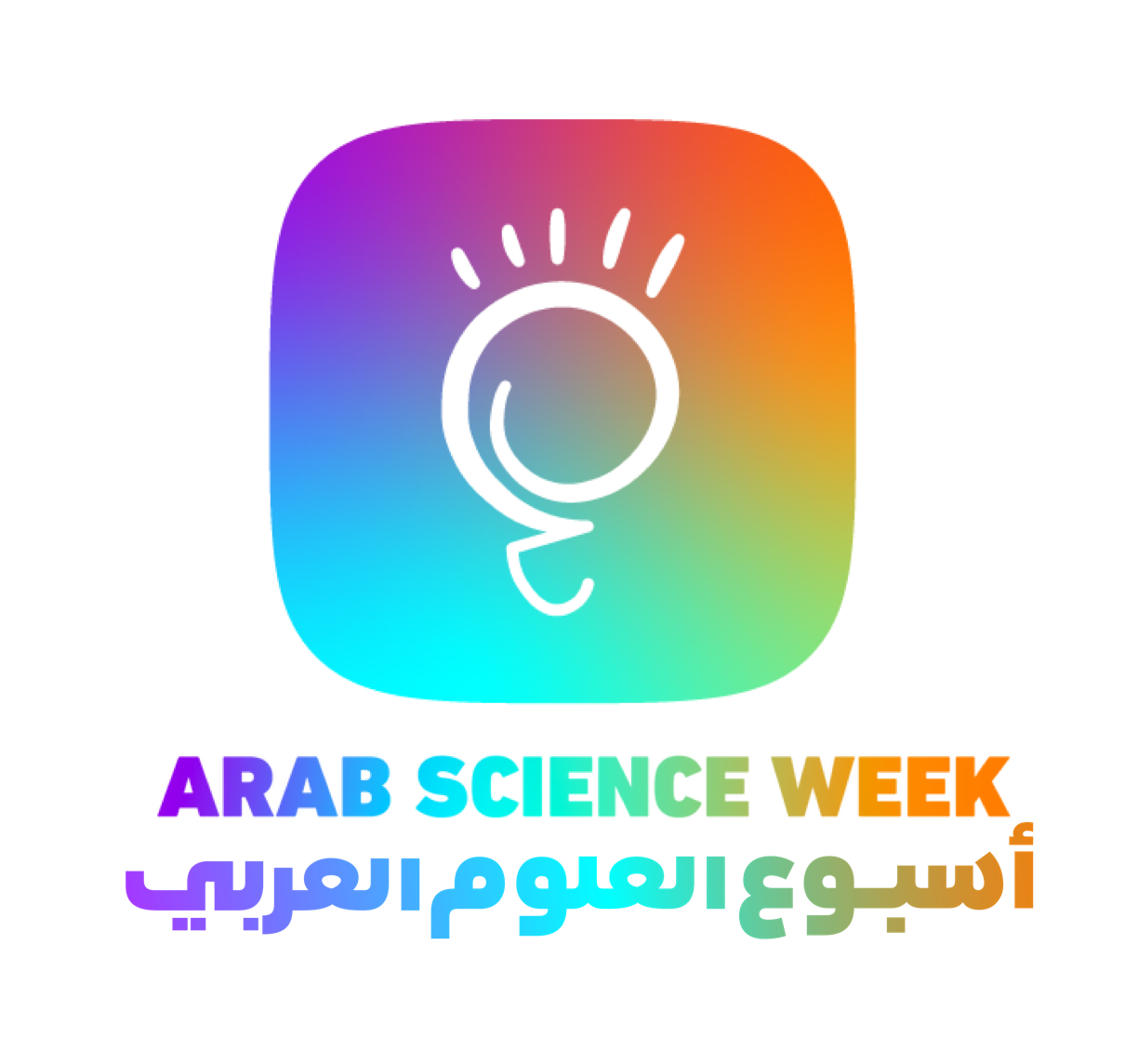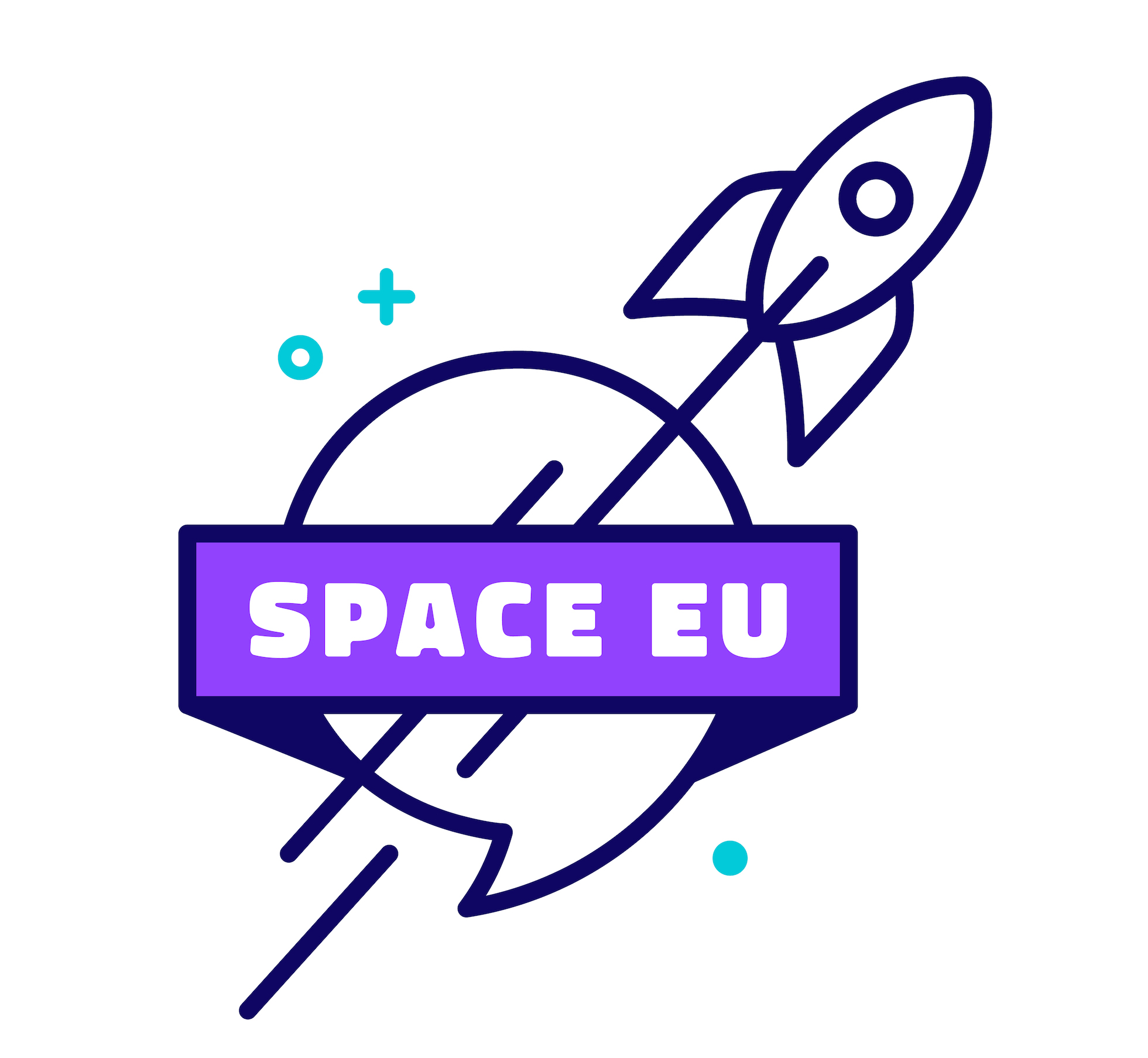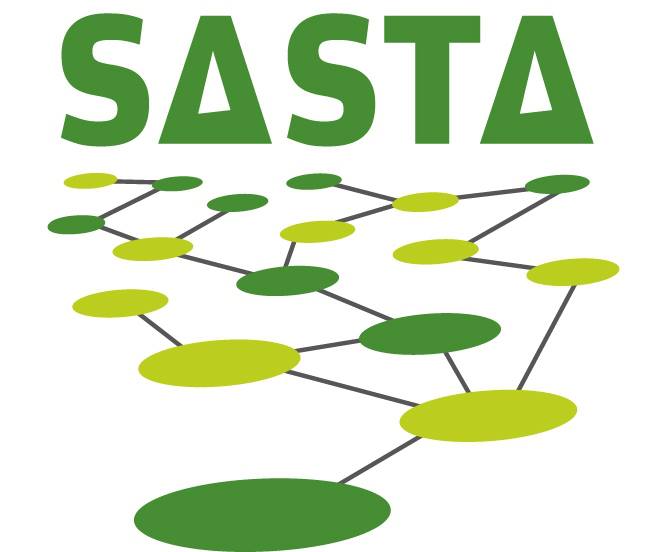As the visor closes, the head-up display of my spacesuit lights up while initialising. I’m hit anew by the realisation that from now on, I’m completely dependent on my skills, the technology of my suit and the support of my team if I’m to survive the next few hours unscathed. I’m thinking ahead to the days to come…
After exiting our habitat, we take a look around the isolated, barren desert surrounding the small structure while Operations in the base check our suits’ telemetry. With the equipment wheeled by two vehicles, we carefully pick our way through the valley leading from the base to the area we are scheduled to explore today. As we follow the line on the map shown on our displays, the incessant wind blows sand into our vision. We can’t hear its hiss, however, but only our own laboured breathing, the humming from the live-support fans and voices from the headphones connecting us to each other and the base.
What sounds like a scene from “The Martian” will actually take place on our home planet Earth, where the Austrian Space Forum’s analog astronauts conduct their missions, and I am one of them.
The Austrian Space Forum is based in Innsbruck, Austria. It is one of the leading institutions conducting Mars analog missions to propel our future exploration of the Red Planet. Analog astronauts carry out spaceflight-simulations on Mars-like patches on earth, testing and evaluating workflows and human factors pertinent to our exploration of Mars. Analog research is designed to test concepts and equipment. After all, we don’t want to send a billion-dollar mission to Mars only to realise that we should have packed a cross-tip screwdriver instead of a hexagon one! It also checks working procedures, and any weak spots so that the actual mission can be realised as safely as possible. For example, handling an astronaut who gets hurt on an extra-vehicular activity or figuring out what to do if we lose contact with base since we wouldn’t have GPS on Mars.
The Austrian Space Forum does advanced scientific research with national and international institutions. Thus its analog astronauts are carefully selected experts who are trained to do science field activities while wearing spacesuit simulator prototypes. My training includes learning planetology, mechanics, geology and astrobiology. It also involves media training, stress management, emergency care, fitness, quadbike training and above all operating a 50 kg spacesuit prototype that digs into my shoulders while I try to concentrate on doing intricate tasks. This training is pertinent to the next mission Amadee-20 in the Israeli Negev desert next year, which I hopefully will be part of.
You may be asking why crewed spaceflight at all? Why bother going to Mars? Beyond the fact that exploration is in our genetic fabric, for me it’s about understanding our planet’s history and the origins of life. Answers to those big questions lie on distant planets suspended in the vast cosmic darkness. If we understand how planets form, how atmospheres develop and disappear, and how climate works we can better understand our planet and all the ways we influence it. When we go to space we come back with better solutions for our earthly experiences. Spaceflight products make our life easier every day, from the cordless power tools to the GPS. Thus settling on Mars is not the ultimate goal but a necessary step to keep our home planet habitable. Above all, hardly anywhere but in the space sector do you find so many people of different genders, skin colours, religious and political beliefs working together relentlessly towards a common goal.
One of the tasks of our next mission is to figure out how to keep extra-terrestrial environments pristine. When looking for traces of life on other planets we need to make sure that we don’t contaminate those worlds with our own biological signatures. This is also true when we bring back samples to study here on Earth. One of Amadee-20’s objectives is testing life-detection workflows and do contamination experiments. This will be a field day for the microbiologist in me soon on the sweeping rocky terrain of the Negev.
Sometimes when I sit at my kitchen table on my day off reading bad news about our warming planet, rising nationalism and rampant violence in the newspaper I worry that we may not make it as a species. But being an analog astronaut in a team of professionals hailing from hugely diverse backgrounds gives me great hope. When we work together, future generations can succeed in overcoming boundaries, differences and animosities to build a world where everybody can live in peace. Looking at my kids, I know we have to try and I’m glad I get to work on something that might someday have a profound impact on our future as a spacefaring race.
In a few years, an astronaut’s visor is not going to close in the Negev desert but on a Mars plain or valley. As I watch that historical moment on television with my family and friends I’ll be proud to have helped make it happen, and will look back with wonder at the unexpected turn of events that led me to become an astronaut.
To be continued…
Illustration showing Anika at work is by Cambridge-based artist Naomi Davies.
